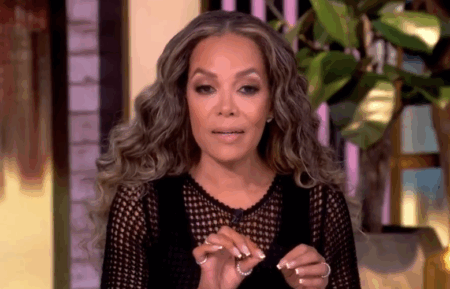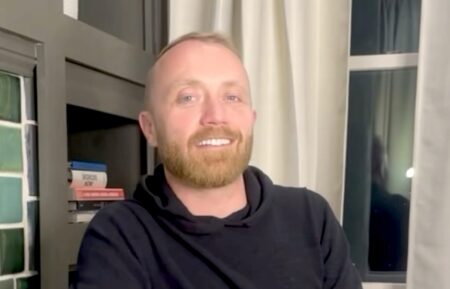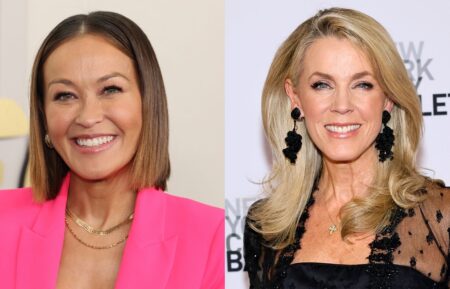Is the Future of HGTV in Jeopardy?
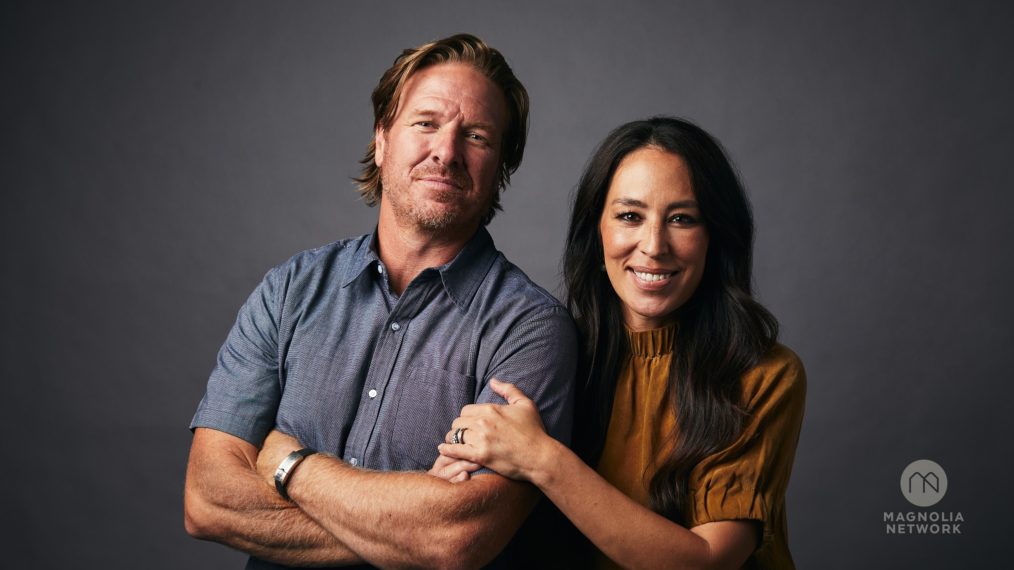
Renovating is never easy—just ask HGTV. When it was announced on September 26 that the cable channel’s reigning darlings, Fixer Upper stars Chip and Joanna Gaines, would be leaving the home improvement network after their upcoming fifth season, it sent shock waves through the ultra-loyal fanbase. Making the news that HGTV’s No. 1–rated show is on the way out an even bigger deal? Another tentpole series, the original Flip or Flop, is undergoing some major retooling of its own: Hosts Tarek and Christina El Moussa have opted to move ahead with their divorce—and the filming of Season 7, premiering next June.
With that much upheaval, HGTV had better keep the hard hats handy. Its first line of defense against change, it seems, is delaying the inevitable. The final season of Fixer Upper kicks off on November 21, with plenty of mileage ahead. “We have 19 hours of new Fixer Uppers,” says John Feld, HGTV senior vice president of original programming and production. Even after Mr. and Mrs. Gaines officially depart—they intend to spend more time with their four kids and focus on their Texas-based home-design business—their presence will still be felt on air. In May 2018, HGTV will launch 15 episodes of Fixer Upper: Behind the Design, an hourlong series offering a deeper look at the duo’s previous renovations, culled from existing footage. “There’s so much stuff viewers don’t get to see,” Feld says. “This will really show what it takes to get people their dream home.”
HGTVWhile bidding an extended farewell to Chip and Joanna, HGTV will simultaneously dig in on Flip or Flop—a bold move, all things considered. (Tarek and Christina officially split in December 2016 after months of tabloid reports claiming adultery and abuse.) Can the exes play nice? “They made it very clear to us that they were still in business together and that they didn’t see a reason why the show needed to go away,” Feld says. “Obviously the logistics might be slightly different, but viewers won’t see much of a difference.”
And just in case any folks are turned off by what’s going on behind the scenes, they’ll have (count ’em!) five spinoffs as alternatives. Flip or Flop Vegas and the Atlanta version have premiered already; next up is Fort Worth on November 2, and then Nashville and Paradise, California, in 2018.
It’s no accident, of course, that HGTV is sticking to what works. In 2013, the year that Fixer Upper and Flip or Flop debuted, “We made a conscious decision to feature hosts who were real people, doing this whether our cameras were there or not,” Feld says. The result: a noticeable ratings uptick, and by Season 4, Fixer Upper was drawing nearly four million viewers, often besting cable and network competition. (The most recent season of Flip or Flop averaged two million.)
Clearly, viewers like the before-and-after reveals—but they’re also responding to the authentic back-and-forth between the personalities onscreen. “That’s why couples, brothers and sisters, mothers and daughters and [pairings] like that work so well for us,” Feld says. Case in point: power twins Drew and Jonathan Scott. Property Brothers, which was unveiled in 2011, regularly draws an audience of over two million and has inspired multiple spinoffs. The latest, Property Brothers at Home: Drew’s Honeymoon House—costarring Drew’s fiancée, Linda Phan—premieres in November.
Still, replicating a formula does have risks. Bravo, which is also in the upscale-lifestyle space, has had franchise hits—hello, Real Housewives of…everywhere—as well as misses, like Million Dollar Listing. The New York and Los Angeles installments of the real estate–themed series are thriving, but San Francisco and Miami survived only one season. “L.A. and New York are distinctly different experiences, so your viewer doesn’t have to choose,” says Bravo executive vice president of current production Shari Levine. “I ponder a lot why Miami and San Francisco didn’t work. It could be that the market was saturated—people had gotten their fix, and they didn’t need more.”
For HGTV’s part, they’re banking on proven concepts, plus a dash of uniqueness. Flip or Flop Fort Worth’s married pair, Ashley and Andy Williams, have 12 years of military service between them. They’ll be making it a priority to hire veterans and improve homes in up-and-coming neighborhoods. “HGTV has given all of its hosts a great platform,” Ashley says. “We see it as a team effort and want everybody to win.”
In addition to expanding its franchises and nurturing existing fan faves—Ellen’s Design Challenge, Tiny Houses and House Hunters are among the pack leaders—HGTV will continue seeking future opportunities to strike gold. It commissioned 60 pilots in 2017 and is constantly on the hunt for new potential breakout stars. “We have production companies all around the country that know what we’re looking for, and they submit couples and ideas to us every day,” Feld says. (Naturally, HGTV isn’t alone on its quest for the X factor: Notes Bravo’s Levine, “Creating celebrities has always been our style.”)
Above all else, HGTV is betting on its own brand and the fact that no single series, however much of a phenomenon, is make-or-break. “Our strategy is to not change course,” Feld says. “We have to remember that our audience really appreciates the fact that when they come to us, they know what they’re going to get. Our viewers love what we do—and it’ll be nice to see which show they fall in love with next.”
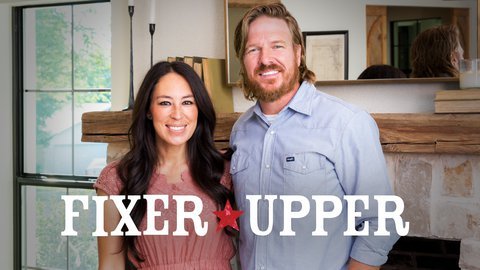
Fixer Upper where to stream

Flip or Flop where to stream



